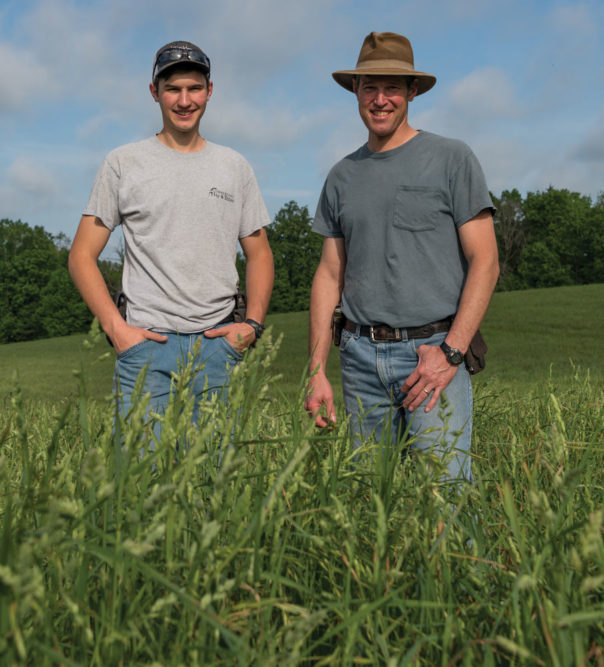No-Till Farmer
Get full access NOW to the most comprehensive, powerful and easy-to-use online resource for no-tillage practices. Just one good idea will pay for your subscription hundreds of times over.

The Shenandoah Valley is to a farming community what Manhattan is to a suburban community. Densely populated, rent is astronomical and buying property requires significant bank roll. Dairy and poultry farms are wedged tightly together surrounded by extremely fertile and productive farm ground producing high-quality feed for those industries
That was my home. Together with my father, Danny, we ran poultry houses and a dairy and raised crops. In the late 1990s, we started our path to no-till when we began to understand and tackle the compaction caused by custom manure applicators using trucks with road tires.
Solving the compaction problem initially meant bringing out the tillage: a chisel plow in the early years then, as we looked to till less, a zone-till ripper.
A watershed moment occurred for us when our then extension agent, Chris Lawrence, did a demonstration on our farm by calculating axle loads and showing the ground pressure exerted by road tires vs tractor tires. We walked away thinking if we stopped compacting the soil in the first place, we could get rid of the time and expense we were investing in tillage to fix the problem we kept recreating.
NAME: Anthony Beery
FARM: Beery Farms/p>
LOCATION: Cumberland, Va.
YEARS NO-TILLING: 21
ACRES: 720
CROPS: Corn, soybeans, wheat and orchard grass
As a result, we purchased our own manure spreading equipment — a triple-axle, 6,300-gallon tank with large tires pulled by a 4WD tractor. This reduced our…